Sugar cravings are a common sensation experienced by many. While indulging in a small piece of chocolate to satisfy your sweet tooth is perfectly acceptable, regularly consuming excessive added sugars can be detrimental to your health. If you find it challenging to resist sugary treats, there are straightforward methods to break free from your sugar addiction. In fact, incorporating more of other foods into your diet can swiftly diminish those cravings.
Though further research is needed to comprehensively grasp the addictive nature of sugar, some evidence suggests that sugar dependency is a real phenomenon. While it may not be as addictive as illicit drugs or other substances, numerous individuals grapple with intense sugar cravings and find it difficult to resist sweet temptations. Opting for a "cold turkey" approach, completely abstaining from sugar, is one approach to overcoming sugar addiction. Nevertheless, there are alternative strategies that promote healthy habits and reduce cravings. It's worth noting that a small amount of added sugar can be part of a well-balanced diet. The American Heart Association recommends daily sugar intake of no more than 25 grams for women and fewer than 36 grams for men. This allowance accommodates sugar in your morning coffee, minor sugar additions in foods like bread, and even a small square of dark chocolate in the evening. However, if your sugar cravings persist and you struggle to resist them, read on for 10 effective ways to permanently break free from your sugar addiction.
1) Increase Your Protein Intake for a Satisfying Diet
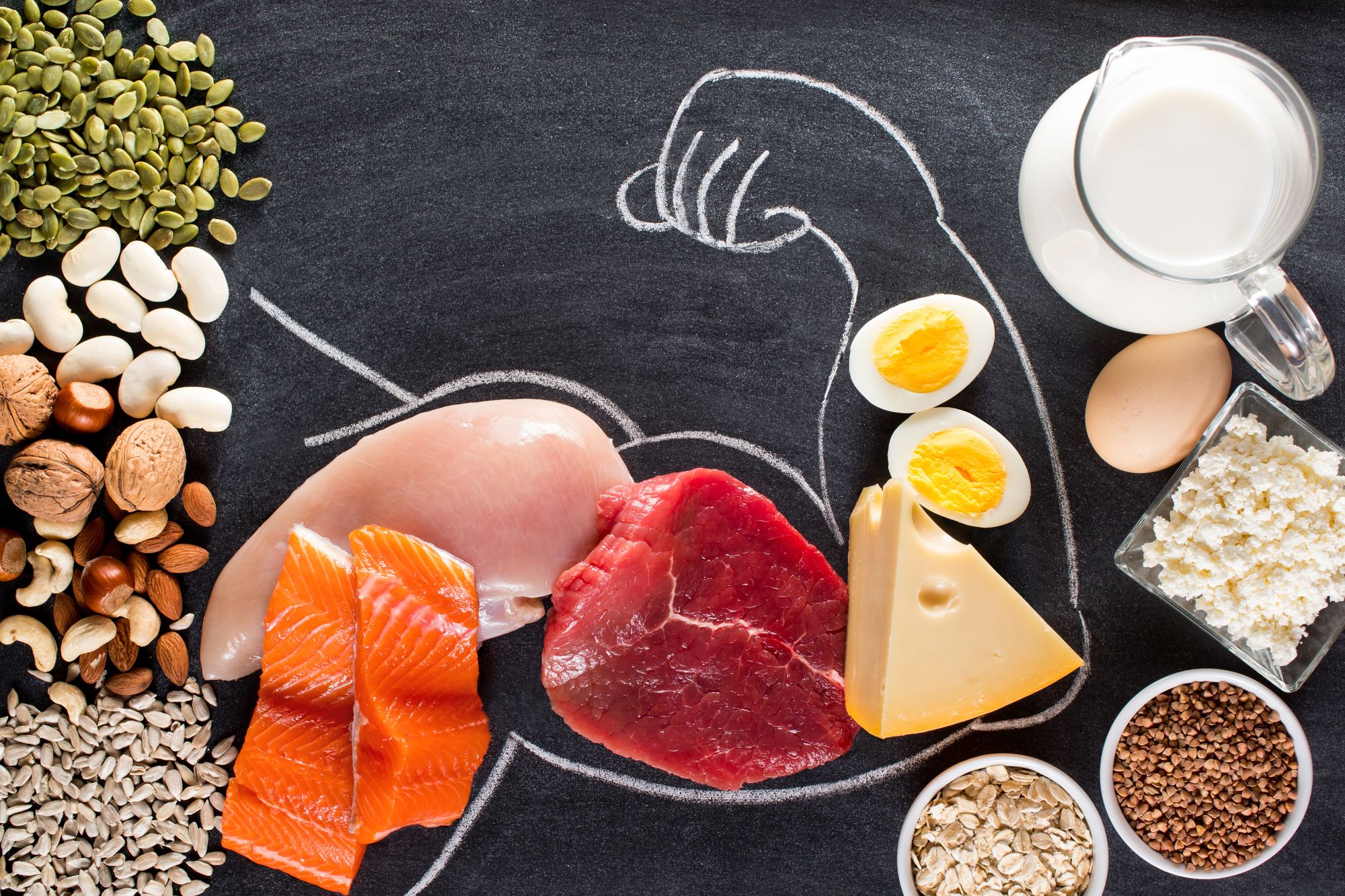
Protein, the most satiating macronutrient, should be a cornerstone of every meal. By incorporating protein into your daily diet, you can effectively curb hunger and reduce the temptation to indulge in sugary treats. Fortunately, protein comes in a variety of forms, making it easy to include in your meals. For a hassle-free protein boost, consider options such as Greek yogurt, cottage cheese, eggs, or protein powder. Alternatively, during your grocery shopping, grab precooked animal proteins like a whole rotisserie chicken, heat-and-eat choices like seasoned canned or microwaveable beans, or refrigerated entrees such as seasoned shredded chicken.
2) Boost Your Fiber Intake

Much like protein, fiber plays a crucial role in keeping you full and satisfied after a meal. This satiety factor can help you resist cravings for sugary snacks. To increase your fiber intake, start by incorporating fruits and vegetables into every meal and snack. These foods not only provide fiber but also offer essential nutrients. Additionally, include whole grains, legumes, nuts, and seeds in your diet to exceed the recommended daily intake of 25 grams of fiber. As you increase your fiber consumption, make sure to stay well-hydrated to aid in proper nutrient processing and avoid uncomfortable side effects like constipation.
3) Stay Hydrated

It's essential to maintain proper hydration levels, as even mild dehydration can trick your body into feeling hungry when you don't actually need food. Staying adequately hydrated is a simple way to reduce sugar cravings and potentially alleviate other dehydration symptoms, such as lethargy, lightheadedness, and difficulty concentrating. While there isn't a one-size-fits-all fluid requirement, a general guideline is to aim for at least 80 ounces of fluid per day, with at least half of it coming from water. Additionally, monitor the color of your urine, aiming for a pale yellow to clear color within the first few hours after waking up.
4) Manage Stress

Keeping stress under control is challenging but can significantly help curb sugar cravings. Chronic stress can elevate cortisol levels, a hormone that may increase your appetite, particularly for sweets. Stress-related sugar cravings often stem from a desire for a reward to counteract stress. To manage stress, consider incorporating exercise and meditation into your routine, avoiding stressful environments, and practicing relaxation techniques during stressful periods.
5) Incorporate Healthy Fats
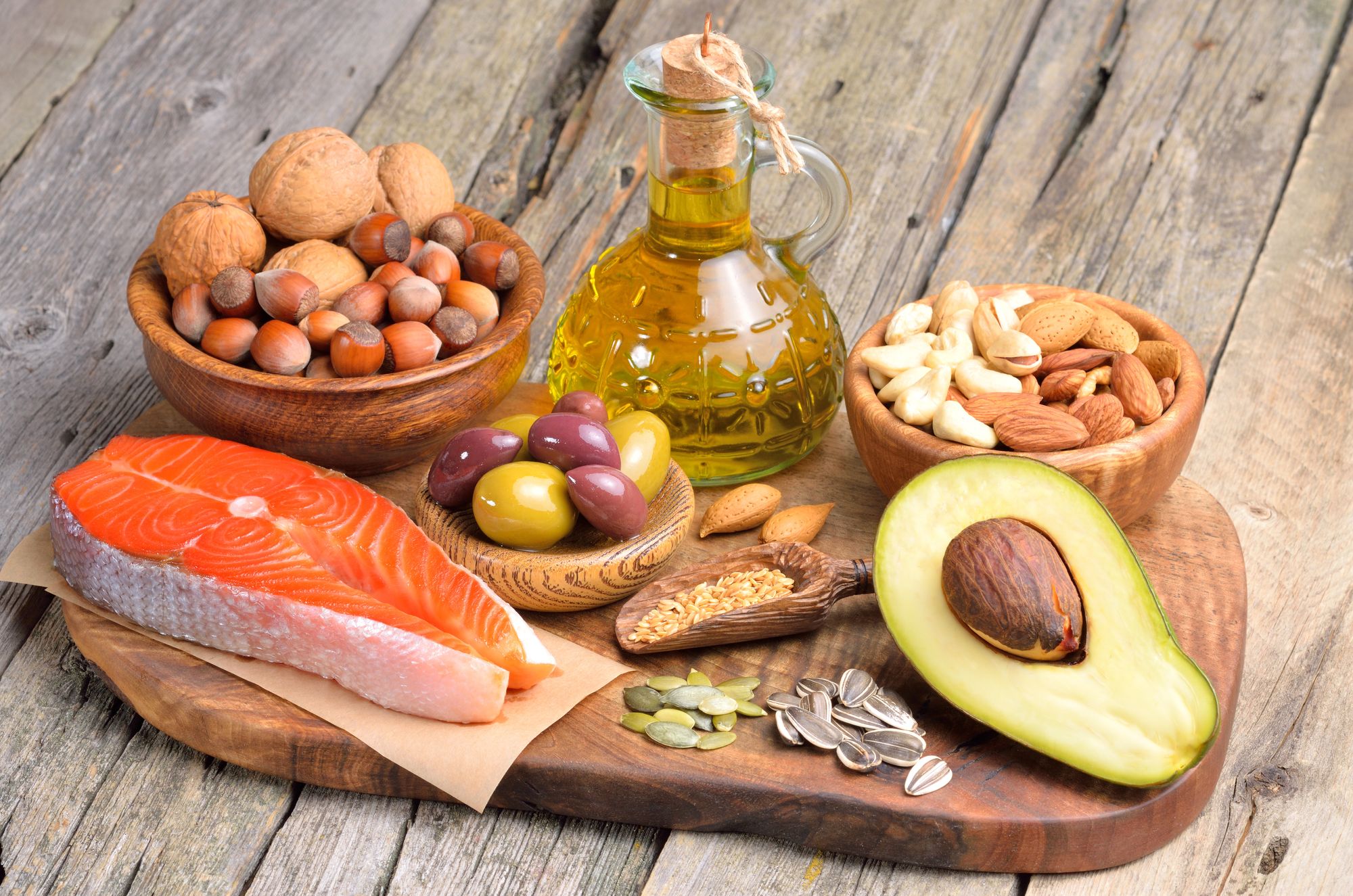
Besides protein, make sure to include fats in your meals. Fat is a more satiating nutrient than carbohydrates, helping you feel fuller after eating. Instead of opting for low-fat meals, incorporate healthy fats into your diet. For instance, add chopped nuts to your cereal for a boost of fats and protein, or include cheese or avocado in your soup. Pair your meals with a side of veggies and hummus for added fats.
6) Choose Quality Carbohydrates
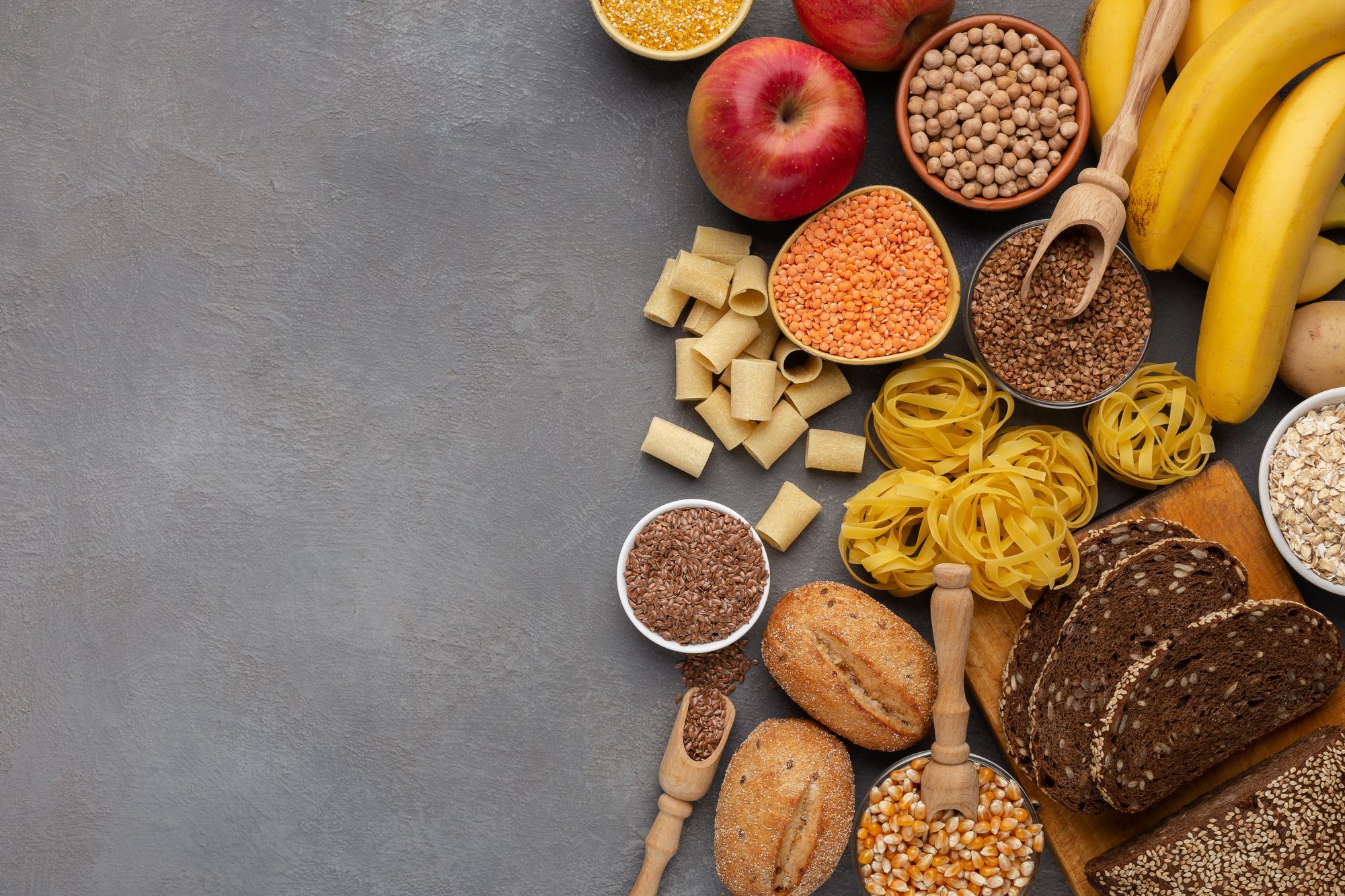
Carbohydrate-based foods can be convenient, but they often contain lower-quality carbs, such as added sugars and lack fiber. While packaged foods have a place in a balanced diet, choose options with minimal added sugar and high fiber content. Whether it's granola bars, pancake mixes, bread, or crackers, prioritize options that provide the least sugar and the most fiber.
7) Get Active

Sugar can trigger the release of dopamine in the brain, leading to feelings of happiness and calm. Instead of turning to sweets for this dopamine boost, consider incorporating exercise into your daily routine. Whether it's a brisk walk, a workout class, or a home workout, exercise can release endorphins, providing a mood boost and reducing your sugar cravings.
8) Remove Sugar Temptations

If you struggle with portion control when it comes to sweets, make them less accessible at home while you work on reducing cravings. While sugar isn't off-limits forever, it's a good idea to keep it out of arm's reach initially. Opt for healthier dessert alternatives, like a bowl of berries instead of ice cream, or choose a microwavable breakfast sandwich over sugary pastries.
9) Don't Skip Meals
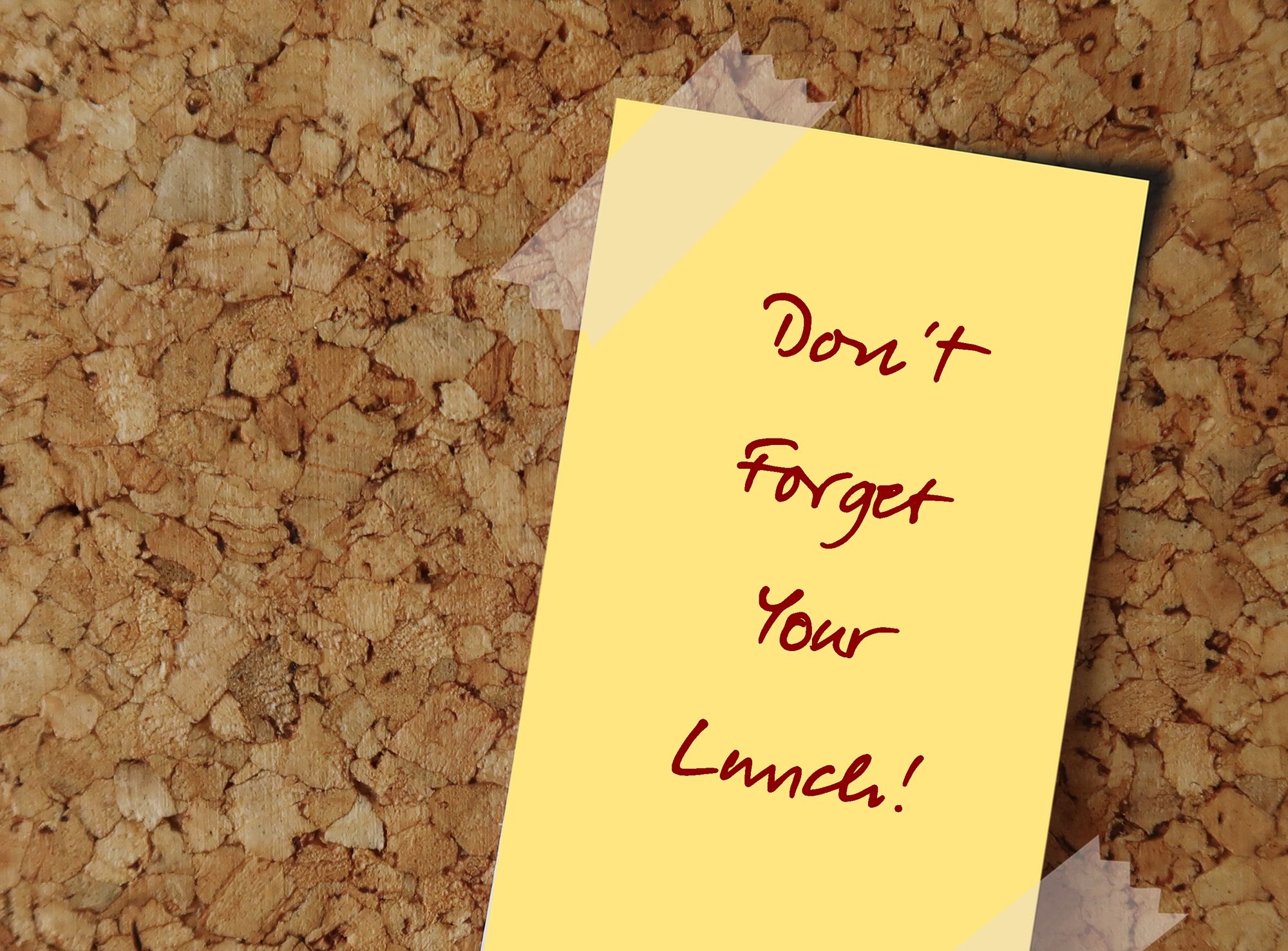
Skipping meals can lead to intense hunger, often resulting in the consumption of low-quality, sugary foods. To prevent this, eat regular meals and snacks throughout the day. Ensure that your meals and snacks include a balance of protein, fiber, healthy fats, and produce to maintain healthy blood sugar levels and avoid cravings.
10) Limit Sugar Substitutes
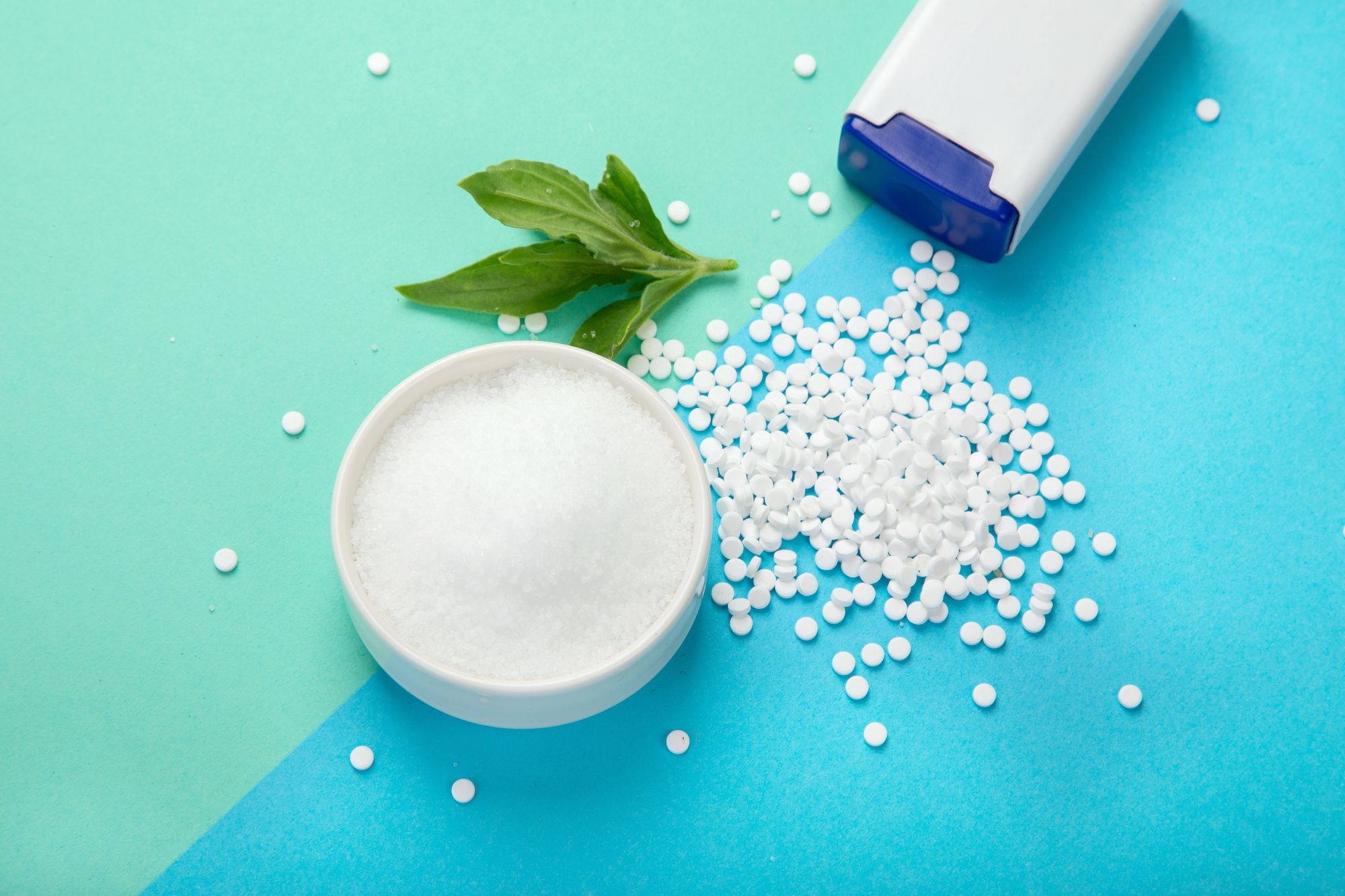
Artificial sweeteners may provide sweetness without calories, but they can also lead to increased cravings for sugary foods and drinks. If you find that using sugar substitutes encourages you to consume more sweets throughout the day, consider alternative options. Instead of adding sweeteners to your coffee, try adding milk to mellow the flavor. In baking, use unsweetened applesauce or other pureed fruits for sweetness and fiber without resorting to sugar substitutes.

